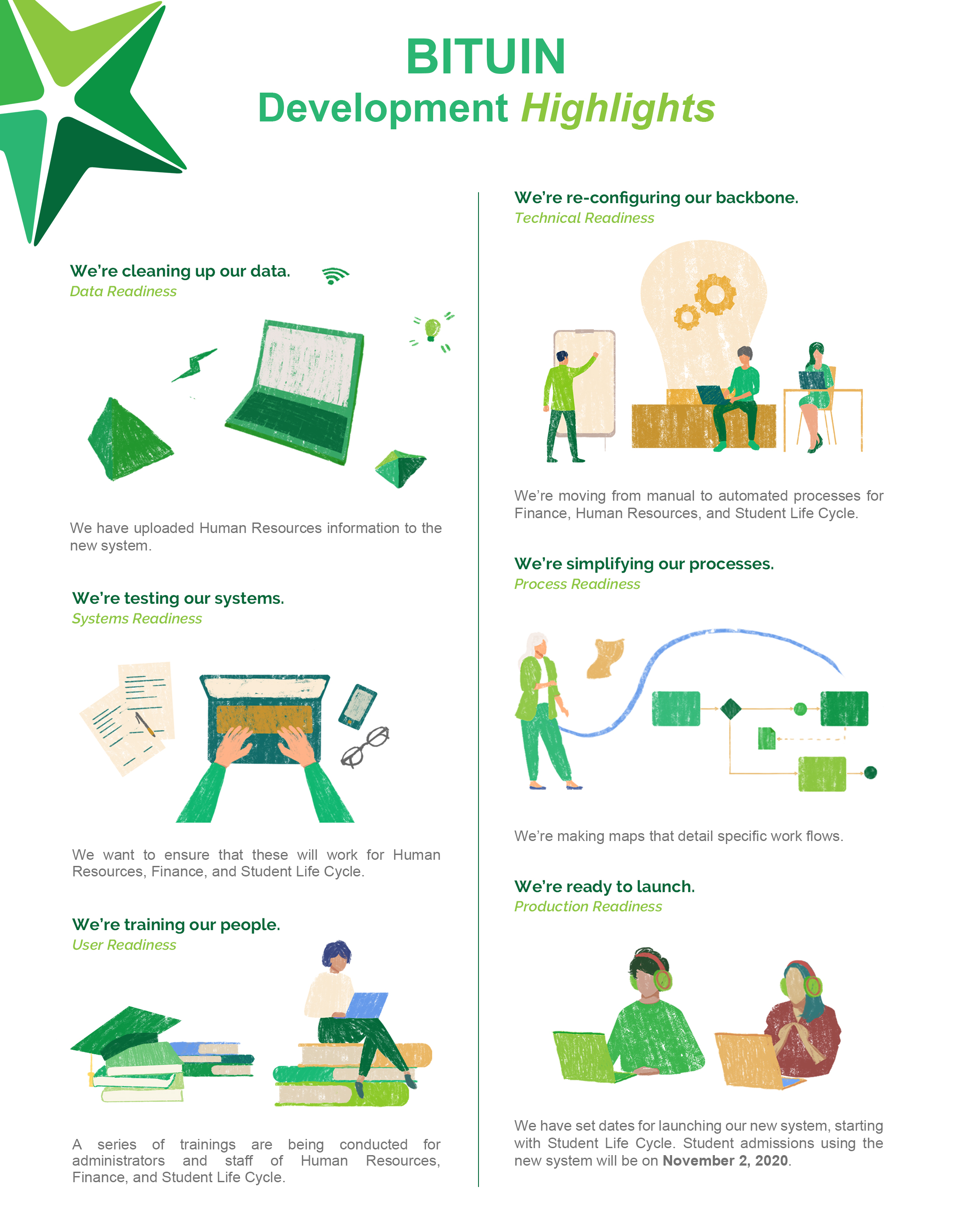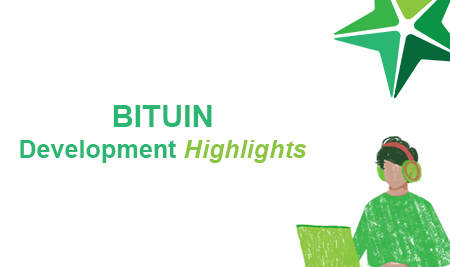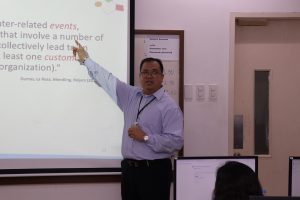BITUIN Development Highlights

Bituin Project team shares latest developments in ERP implementation
The team behind the Bituin Project, which implements an Enterprise Resource Planning (ERP) System, shared the latest developments to improve access to information, streamline processes, and enhance services involving the University’s key stakeholders.
Focusing on the areas of financial management, student life cycle, and human resource, the Bituin Project team undertook development activities related to data, technical, systems, user, and production readiness.
The team conducted online parallel activities, including key user training, user acceptance testing, and end-user training. These activities involved collaboration among the key users and technical working groups, composed of university administrators and the office workforce.
Vendor representatives and project team members facilitated the development of the workflow process aimed at simplifying and enhancing the stakeholders’ experience.
For detailed step-by-step processes involved in accomplishing a specific output, the workflow called L4 and L5 Processes were developed. (L1-L3 Processes present a general view of the workflow.) The L4 process maps were documented and approved by the Technical Working Group across all domains.
Likewise, the team undertook data harmonization activities, particularly data cleanup and data migration for domains in preparation for Key User Training / User Acceptance Testing activities.
To help users focus on higher work and execute tasks efficiently, the Bituin project introduced an Enterprise Service Bus (ESB), a tool that connects different applications. At the same time, it also reported the ongoing development of the Business Process Management Software (BPMS), aimed at lessening day-to-day manual tasks through automation based on the set business processes.
Meanwhile, the Finance and HR Domains are currently conducting their respective Key User Training. Finance domain training highlights include accounts payables and receivables, asset management, procurement, collections, and expense report. Meanwhile, the Human Resource domain tackle, among others, employee induction, benefits, time, and attendance.
The Student Lifecycle domain conducted their training session ahead of schedule. The User Acceptance Testing (Phase 1-A) focused on Enrollment concerns such as schedules, course registration, and adjustments, fees validation, and course offerings.





